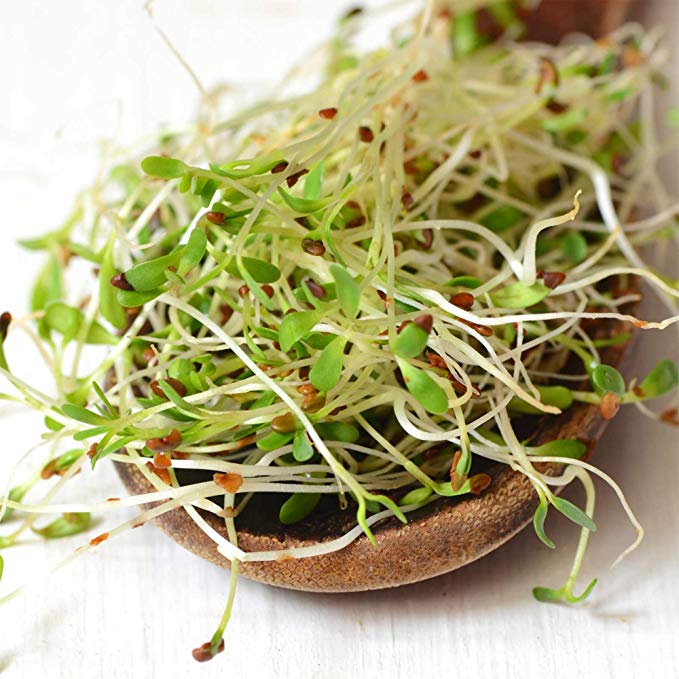The Food Standards Agency (FSA) and Public Health England (PHE) investigated an outbreak of Salmonella in the UK. The outbreak source is thought to be whole honeydew, cantaloupe, and galia melons originating from Costa Rica or Honduras bought on or before 28 May 2021. The initial report identified 52 ill people in the UK. The numbers have currently increased to 99. Many UK retailers may have stocked the affected melons, which have now been removed from sale. The alert issued on 29 May 2021 had also included advice about whole honeydew, cantaloupe, and galia melons from Brazil. However, further investigation shows that melons from Brazil are not likely to be affected. The melons also caused 356 illnesses in Europe (Belgium, Czech Republic, Denmark, Finland, France, Germany, Ireland, Luxembourg, the Netherlands, Norway, Sweden, and Switzerland). @ https://www.food.gov.uk/news-alerts/news/update-fsa-issues-precautionary-safety-advice-for-specific-melons
ruth
The FSA is advising consumers not to eat specific melons which may be contaminated with salmonella.
ruth
The CDC analysis indicates that the incidence of resistant Salmonella infections was higher in 2015–2016 than in earlier periods during 2004–2014. They estimated a 40% increase in annual infections of Salmonella resistant to ampicillin or ceftriaxone or nonsusceptibility to ciprofloxacin. During 2015-2016.There were ~ 222,000 infections in 2015-2016 vs ~159,000 in 2004-2005. Ciprofloxacin-resistant infection accounted for more than ½ of the increase. Serotype Enteritidis contributed the most to this increase. Chicken and eggs have been the main domestic sources of Enteritidis infections. In the United States, ciprofloxacin-nonsusceptible strains of Enteritidis and other serotypes have been isolated from imported seafood. Plasmid-mediated quinolone-resistance genes have been detected among ciprofloxacin-nonsusceptible isolates in the United States. These genes might contribute to the spread of fluoroquinolone nonsusceptibility. Estimates of changes in resistance incidence can help identify trends of greatest concern to set priorities for prevention. @ https://wwwnc.cdc.gov/eid/article/27/6/20-4486_article
Increased Incidence of Antimicrobial-Resistant Nontyphoidal Salmonella
ruth
Biofilm formation on equipment surfaces by pathogens is a significant concern. A study by scientists at the Department of Biomedical and Nutritional Sciences, University of Massachusetts, Lowell, MA, published in Food Control (Vol 130 Dec 2021, 108275), assessed the combined effects of substrate topography and coating composition on L. monocytogenes biofilm formation. Stainless steel 304 with three surface topographies (native finish, #4 commercial brushed finish, and native finish with microfabricated pillars) was evaluated. All were tested either uncoated or coated with one of five FDA-approved food-contact substances (chromium nitride, titanium nitride, Dursan, Ni–P-polytetrafluoroethylene (Ni–P-PTFE), and Lectrofluor 641). Results indicate that surface topography and composition significantly affected fouling resistance. Significant enhancement of resistance to L. monocytogenes fouling was observed on native finish coated by Ni–P-PTFE, which reduced L. monocytogenes by 1.5 Log CFU/cm2. The most significant reductions in L. monocytogenes biofilm formation were obtained with Dursan coated on the native finish (3.4 Log CFU/cm2) and on the micropillar-modified native finish (2.8 Log CFU/cm2). A new strategy can be applied to create fouling resistance of stainless steel against L. monocytogenes biofilm for improved sanitary design of food processing equipment. @ https://www.sciencedirect.com/science/article/abs/pii/S0956713521004138#
Listeria monocytogenes (L. monocytogenes) biofilm formation on food-contact surfaces is a significant food safety concern. However, research on the abâ¦
ruth
A review article in the International Journal of Food Microbiology (Vol 352, Aug 2021) explores the bacteriological safety of sprouts. Sprout consumption was associated with more than 60 outbreaks of foodborne illness worldwide since 1988. The most common pathogens found were Salmonella and pathogenic Escherichia coli (especially STEC). The germination process causes changes in the chemical composition of seeds that improve the nutritional value of sprouts while decreasing their microbiological safety. The germination conditions are ideal for bacterial growth as well. The implementation of good agricultural practices is an essential tool for producing high-quality seeds. Several methods of seed decontamination are used commercially or have been investigated by researchers in the post-harvest stage. After germination, seedlings should be kept under refrigeration and, if possible, cooked before consumption. Finally, microbiological analyses should be performed at all stages to monitor the hygiene of the sprout production process. @ https://www.sciencedirect.com/science/article/abs/pii/S0168160521002257
The germination process causes changes in the chemical composition of seeds that improves the nutritional value of sprouts, while decreasing their micâ¦




